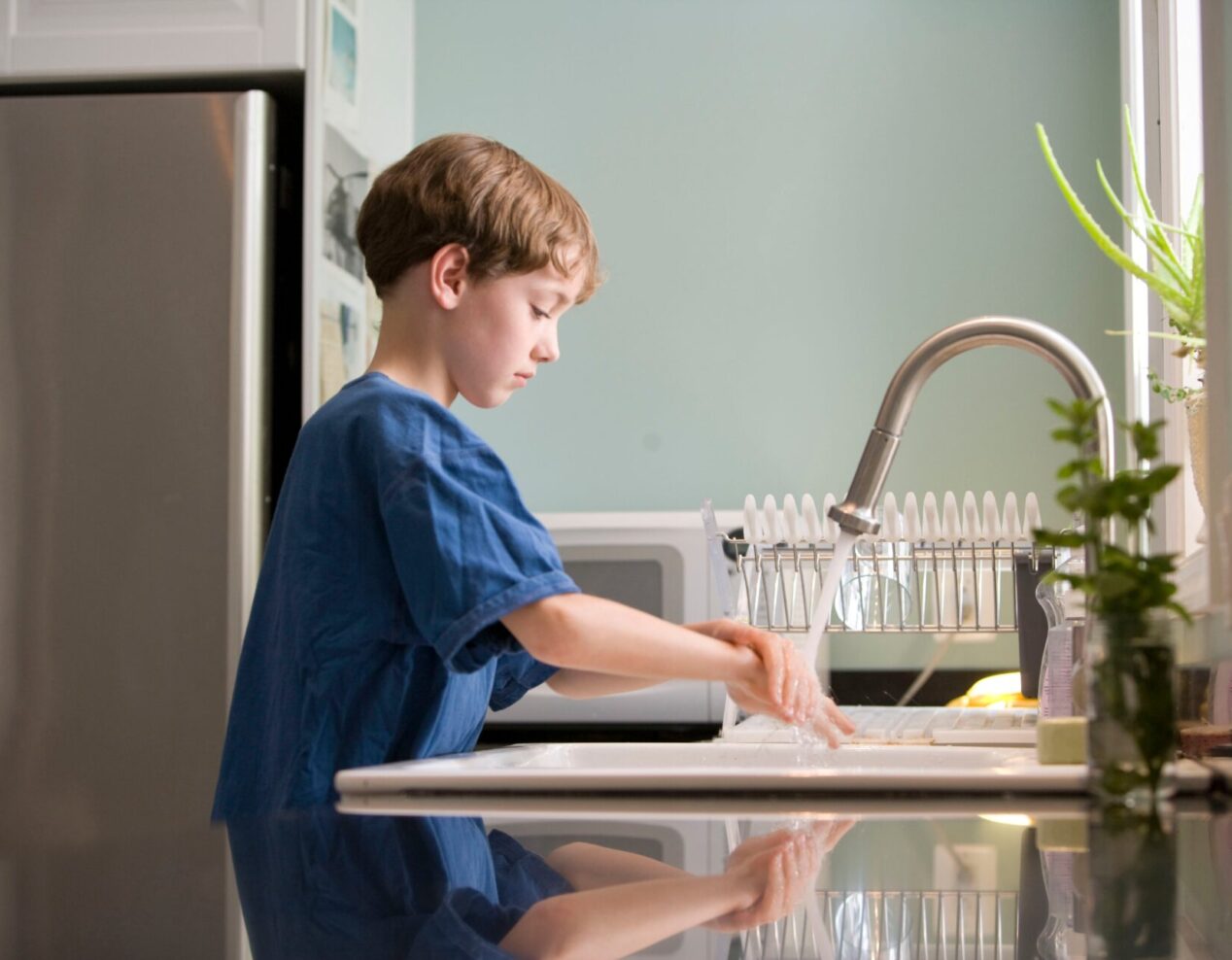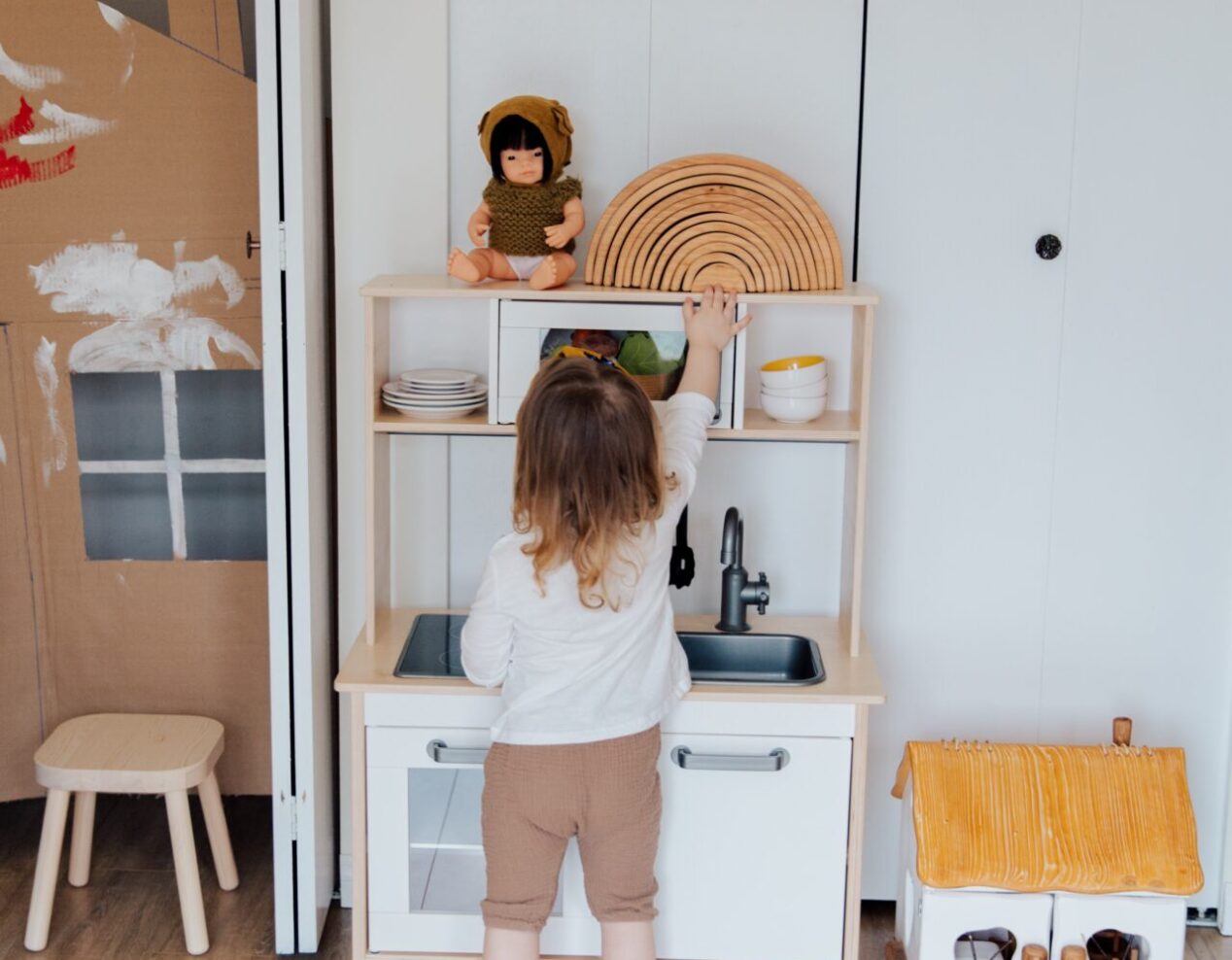Nurturing independent handwashing habits in your child

A young child gleefully splashes water from the kitchen faucet, an image of pure delight. When it comes to tasks like handwashing, we might think they’re straightforward, but for children, it’s not as simple. Adult-sized sinks, tricky faucets, and even temperature control can all pose challenges. Yet, by making the task more accessible and breaking it down into small, entertaining, and achievable segments, even your two-year-old can enjoy the process of handwashing on their own.
Follow these suggestions to guide your child through handwashing:
Enabling access to the sink and towel: A stool that your child can comfortably use to climb and reach the sink is essential. For most children around two years of age, a light, sturdy, double-step stool works well. If your child struggles to reach the faucet, a faucet extender can assist. However, they may still need assistance to turn the water on. To allow your child to reach a towel, consider using a removable hook to hang a small hand towel or dishcloth within their reach, rather than placing a large towel on the rack.
Communicate the importance of clean hands: Emphasize that clean hands are the best way to maintain good health. Make sure your child understands that handwashing is crucial before meals, after playtime, post visiting the restroom, and whenever their hands are dirty.
Highlight the handwashing procedure: Handwashing involves quite a few steps
- activating the water flow
- adjusting the water temperature
- wetting the hands
- applying soap (two pumps are sufficient)
- generating suds while singing an entire song
- thorough rinsing (to avoid soap residues that can cause skin dryness) and finally
- towel drying.
Select suitable soap: While any hand soap is appropriate, foaming soap is often the simplest option and it is available in refillable containers. Pump dispensers can offer excellent practice for fine motor skills. Bar soaps might get a bit messy, but they provide a unique sensory experience.
Limit soap usage: Initially, your child may need your help to operate the soap dispenser – coordinating both hands, one to pump and the other to catch the soap, can be a complex motor skill. Offer to stabilize the dispenser while they manage the pumping action. Once they have mastered it, most toddlers adore repeating the pumping action. To prevent soap wastage, help them count “one, two” while pumping.
Include a song in the process: Demonstrate that effective handwashing requires time. You can incorporate the ABC song or any other familiar tune your child knows into the routine to establish the correct duration for scrubbing.
At this age, many children adore playing with water. If time permits, allow them to play with a few bath toys in the sink after they have finished washing their hands. Always supervise any activities that involve water to ensure your child’s safety.



